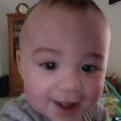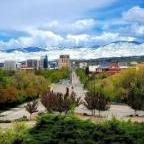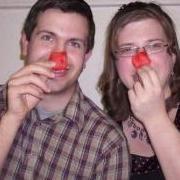Cherubim and Seraphim redeemed???
-
Topics
-
- 3 replies
- 38 views
-
- 0 replies
- 15 views
-
The AP has called the Presidential Race for Donald Trump!
By BrotherTony, in General Chats
- donald trump
- 47th us president
- (and 1 more)
- 7 replies
- 230 views
-
- 2 replies
- 49 views
-
- 2 replies
- 46 views
-







Recommended Posts
Join the conversation
You can post now and register later. If you have an account, sign in now to post with your account.
Note: Your post will require moderator approval before it will be visible.